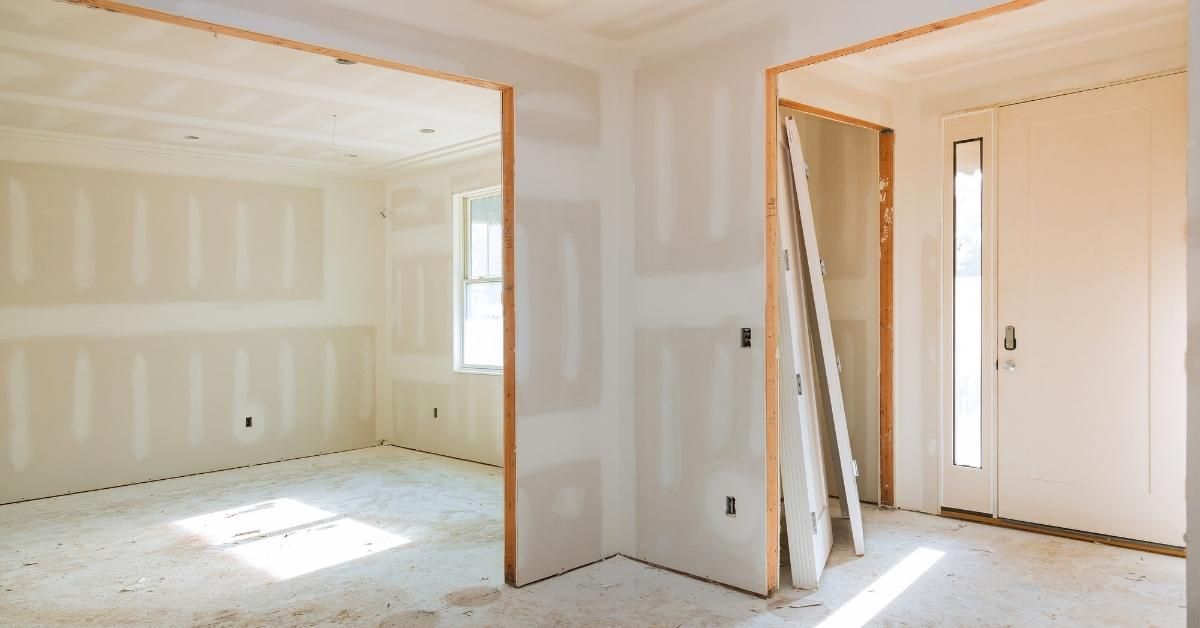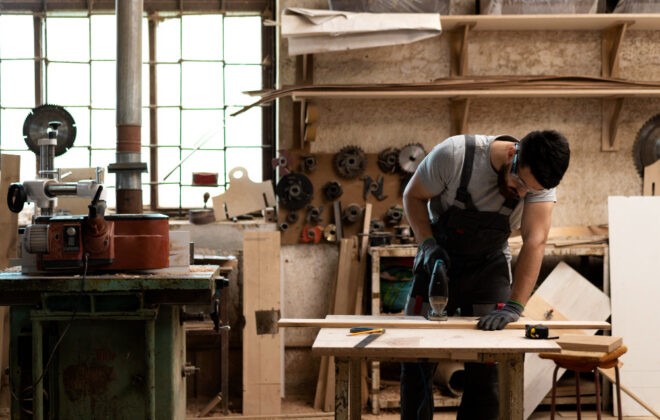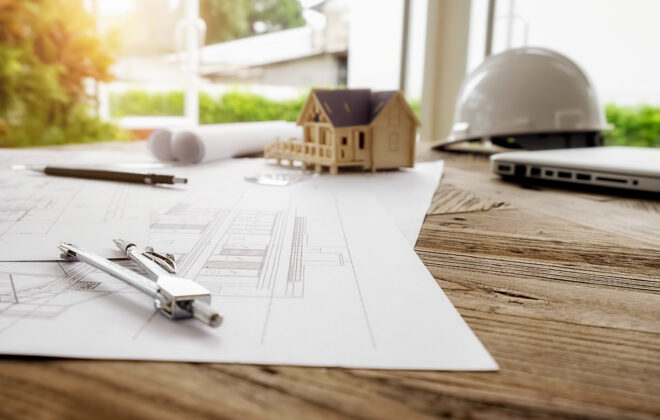Achieve Elegant Home with Finish Carpentry
When it comes to crafting a beautiful and inviting home, every detail matters. While the architectural design lays the foundation, it’s the finishing touches that truly bring a sense of elegance and refinement to a space. Finish carpentry, often overlooked but no less essential, plays a crucial role in achieving that desired sophisticated look. In this article, we will explore the power of finish carpentry in home design, uncovering its impact, versatility, and timeless appeal.
What is Finish Carpentry?
Before delving into the significance of finish carpentry, let’s first understand what it entails. Finish carpentry refers to the skilled craftsmanship involved in adding final touches to a building’s interior. Unlike rough carpentry, which focuses on structural elements, finish carpentry deals with aesthetics and the finer details. It includes the installation of moldings, baseboards, casings, trims, wainscoting, stair railings, and other decorative elements that enhance a home’s appearance.
The Impact of Finish Carpentry on Home Design
- Enhancing Aesthetics: Finish carpentry adds an instant touch of elegance and sophistication to any living space. Whether it’s crown moldings adorning the ceilings or intricately designed baseboards framing the floors, these finishing touches create a cohesive and polished look.
- Defining Spaces: Through the use of well-crafted trims and moldings, finish carpentry helps define the different areas within a home. It separates walls from ceilings, walls from floors, and transitions from one room to another with seamless precision.
- Personalization: Finish carpentry allows homeowners to add their personal touch to the design. From choosing the style of moldings to the type of wood used, these customizations reflect individual tastes and preferences.
- Increasing Property Value: Homes with exquisite finish carpentry are highly sought-after in the real estate market. The attention to detail and upscale appearance significantly impact the property’s value.
- Concealing Imperfections: In addition to its aesthetic benefits, finish carpentry can also hide minor imperfections in construction, giving the home a flawless appearance.
The Versatility of Finish Carpentry
- Traditional Elegance: Classical moldings, ornate trims, and wainscoting can infuse a sense of traditional elegance into any home, reminiscent of timeless architectural styles.
- Modern Simplicity: For those who prefer a clean and contemporary look, minimalist trim profiles and sleek baseboards offer a touch of modern simplicity.
- Rustic Charm: Rustic homes benefit from the warmth of natural wood trims and beams, adding character and charm to the overall design.
- Transitional Appeal: Transitional homes often blend various design elements. Finish carpentry can bridge the gap between different styles, creating a harmonious transition.
The Timeless Appeal of Finish Carpentry
The allure of finish carpentry lies in its timelessness. While design trends may come and go, well-executed finish carpentry stands the test of time. From historic mansions to modern dwellings, the beauty and elegance of finish carpentry have remained captivating across generations.
In conclusion, the power of finish carpentry in home design cannot be understated. Its ability to elevate aesthetics, define spaces, add personalization, and increase property value make it an indispensable aspect of interior design. Embracing the versatility and timelessness of finish carpentry allows homeowners to achieve an elegant and sophisticated living space that will continue to impress for years to come.
FAQs (Frequently Asked Questions)
1. What materials are commonly used in finish carpentry?
Finish carpentry often involves the use of wood, such as oak, maple, pine, or cherry. However, composite materials and PVC are also becoming popular due to their durability and low maintenance.
2. Can finish carpentry be DIYed?
While some basic finish carpentry tasks can be attempted by skilled DIY enthusiasts, it’s best to hire professional carpenters for more intricate and detailed work to ensure a flawless finish.
3. How can I choose the right finish carpentry style for my home?
Consider the architectural style of your home and your personal preferences. Traditional styles work well with classic moldings, while modern homes may benefit from simpler, sleeker trims.
4. Is finish carpentry only for new homes?
No, finish carpentry can be incorporated into both new constructions and renovation projects. It can breathe new life into an existing home and transform its appearance.
5. What maintenance does finish carpentry require?
Regular cleaning and occasional touch-ups may be necessary, but overall, finish carpentry is low-maintenance and designed to withstand the test of time.
Tags In
Related Posts
Leave a Reply Cancel reply
Recent Posts
- 8 Seasonal Home Maintenance Tips to Protect and Upgrade Your Home
- 5 Smart Space-Saving Carpentry Ideas That Transform Tight Spaces
- 5 Brilliant Tips for Designing Custom Banquettes That Blend Style and Function
- 5 Reasons Finish Carpentry Prep Caulking and Sanding Make or Break the Final Result
- Best Wood Finishes: Enhancing Your Carpentry Projects
Recent Comments
Archives
- May 2025
- April 2025
- March 2025
- February 2025
- October 2024
- September 2024
- August 2024
- July 2024
- June 2024
- May 2024
- April 2024
- March 2024
- February 2024
- January 2024
- December 2023
- November 2023
- October 2023
- September 2023
- August 2023
- July 2023
- June 2023
- May 2023
- April 2023
- March 2023
- February 2023
- January 2023
Categories
Categories
- Carpentry DIY Tutorials (5)
- Carpentry for Home Improvement (26)
- Carpentry Q&A (10)
- Carpentry Safety and Best Practices (6)
- Carpentry Trends (11)
- Custom Carpentry (26)
- Design Inspiration (14)
- Finish Carpentry (11)
- Smart-Saving Carpentry (1)
- Tool Reviews and Recommendations (2)
- Uncategorized (38)
- Wood Selection and Finishing (1)
- Woodworking Techniques (5)





